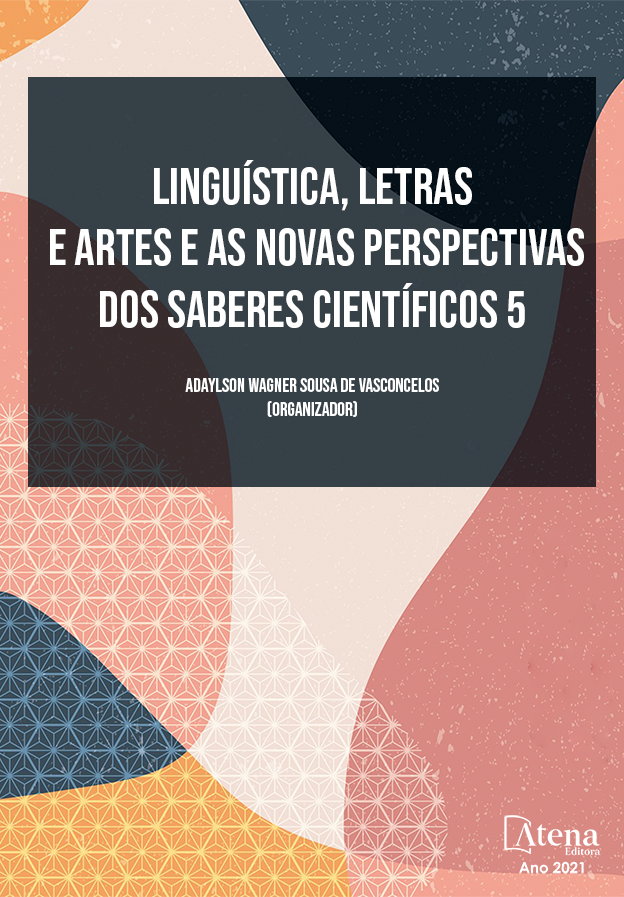
É POSSÍVEL TEMATIZAR SABERES E PRÁTICAS JURUNA POR MEIO DE CAMPOS LEXICAIS ESPECÍFICOS?
Este trabalho é um desdobramento das investigações que foram realizadas em nosso projeto de mestrado “Estudo etnográfico e terminológico das borboletas juruna para contribuições terminográficas”, que pretende compreender o papel cultural desempenhado, para os índios juruna, pelos animais por nós conhecidos como “borboletas”, e discutir qual a melhor forma de inserir o nome desses “insetos” na microestrutura de um dicionário bilíngue Juruna/Português. Para tanto, nos embasaremos na Terminologia Etnográfica elaborada por FARGETTI (2016), na Teoria Conceptual da Metáfora defendida por LAKOFF & JOHNSON (2002) e em investigações da Etnoentomologia. Temos como objetivo, neste trabalho, tecer considerações sobre as Ciências do Léxico para responder – seguindo os postulados de Fargetti (2015b)- se seria possível ou não falar na existência de áreas de especialidade entre os referidos indígenas brasileiros. Pretendemos, também, problematizar quais as modificações sofridas, em campo, durante nossa recente ida à aldeia Tuba-Tuba (próxima à BR-80, MT), pela metodologia de coleta de dados que havíamos previamente programado e que nos permitiu chegar ao total de 500 registros fotográficos que foram identificados por um especialista da comunidade, com os termos e histórias míticas em juruna. Cabe mencionar ainda que elaboramos, por fim, definições enciclopédico-terminológicas que seriam debatidas e revisadas com os falantes nativos juruna, em uma segunda ida a campo ou em reuniões online.
É POSSÍVEL TEMATIZAR SABERES E PRÁTICAS JURUNA POR MEIO DE CAMPOS LEXICAIS ESPECÍFICOS?
-
DOI: 10.22533/at.ed.7552104033
-
Palavras-chave: léxico, língua juruna, borboletas.
-
Keywords: lexicon, juruna language, butterflies.
-
Abstract:
This text is a development of that investigations that have carried out in our Master’s project “Ethnographic and terminological study of juruna’s butterflies for terminography contributions” that intends to understand the cultural role played for the Indigenous people by animals known to us as “butterflies” to discuss how the best way to insert this “insects” into the microstructure of a Juruna/Portuguese bilingual dictionary. Our basis will be the Ethnographic Terminology elaborated by FARGETTI (2016) and the Conceptual Metaphor Theory defended by LAKOFF & JOHNSON (2012) and in investigations of Ethnoentomology. Our objective, in this text, is to elaborate considerations on the Sciences of the Lexicon to answer – following the postulates of Fargetti (2015b) - whether or not there would be areas of specialty among the Brazilian indigenous. We also intend to problematize the modifications suffered in the field research during our recent travel to the Tuba-Tuba Indigenous village (close at BR-80, MT) by the methodology of data collection that we had previously programmed, because we were not allowed, for example, to kill the butterflies that were momentarily captured in their natural habitat with the help of the juruna people (naturally or with the help of a puçá), so that we could photograph the butterflies and then release them. Using these procedures, we have obtained 500 photographic records that were identified by a community expert, with the terms and mystical stories in juruna language. We developed terminography definitions that would be debated and reviewed with native juruna speakers on a second field research or online meetings.
-
Número de páginas: 14
- Iago David Mateus


